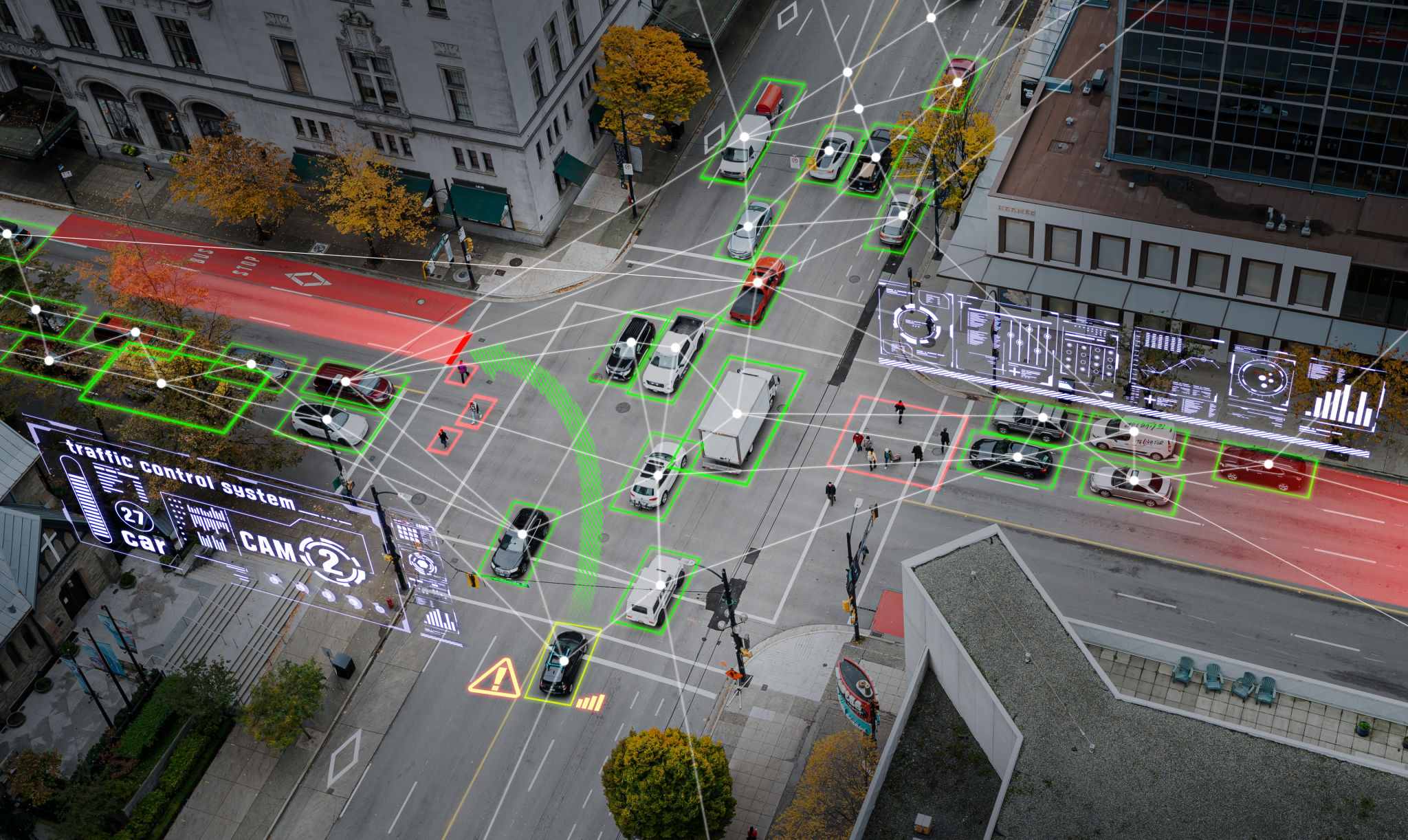A Comprehensive Guide to Implementing Smart City Solutions
Understanding Smart City Solutions
In recent years, the concept of smart cities has gained significant traction. A smart city uses digital technology to improve the quality of life for its residents, enhance sustainability, and streamline urban services. By integrating various technologies, cities can efficiently manage resources, reduce waste, and improve the overall urban experience.

Key Components of Smart City Solutions
Smart city solutions encompass a wide range of technologies and systems. These include smart infrastructure, intelligent transportation systems, energy management solutions, and advanced communication networks. Each component plays a crucial role in creating a connected and efficient urban environment.
For instance, smart infrastructure involves the use of sensors and IoT devices to monitor and manage city resources. Intelligent transportation systems optimize traffic flow and reduce congestion through real-time data analysis. Meanwhile, energy management solutions focus on optimizing the use of renewable energy sources and improving energy efficiency across the city.
The Role of IoT in Smart Cities
The Internet of Things (IoT) is at the heart of smart city solutions. By connecting devices and systems through the internet, IoT enables cities to collect and analyze vast amounts of data in real-time. This data-driven approach allows for more informed decision-making and can significantly enhance urban services.

IoT applications in smart cities include smart lighting systems that adjust based on environmental conditions, waste management sensors that optimize collection routes, and air quality monitoring to ensure public health. These applications not only improve operational efficiency but also contribute to a more sustainable urban environment.
Challenges in Implementing Smart City Solutions
While the benefits of smart city solutions are evident, implementing them comes with its own set of challenges. One major challenge is the integration of various technologies and systems, which requires significant investment and coordination among stakeholders. Additionally, ensuring data security and privacy is paramount given the vast amount of information generated and shared in smart cities.
Steps to Implement Smart City Solutions
Implementing smart city solutions requires careful planning and execution. Here are some key steps to consider:
- Assessment: Understand the current infrastructure and identify areas for improvement.
- Stakeholder Engagement: Involve government bodies, private sector partners, and community members to ensure a collaborative approach.
- Technology Selection: Choose appropriate technologies that align with the city's goals and capabilities.
- Pilot Programs: Test solutions on a smaller scale to evaluate effectiveness before full-scale deployment.
- Data Management: Implement robust data management practices to ensure accuracy and security.
The Future of Smart Cities
The future of urban living lies in the continuous evolution of smart city solutions. As technology advances, cities must adapt to remain resilient and sustainable. The integration of artificial intelligence, machine learning, and blockchain technology will further enhance the capabilities of smart cities.

By embracing innovation and fostering collaboration among stakeholders, cities can transform into thriving hubs that offer improved quality of life, economic opportunities, and environmental sustainability. The journey towards becoming a smart city is ongoing, but with strategic planning and commitment, it holds immense potential for shaping a better tomorrow.
